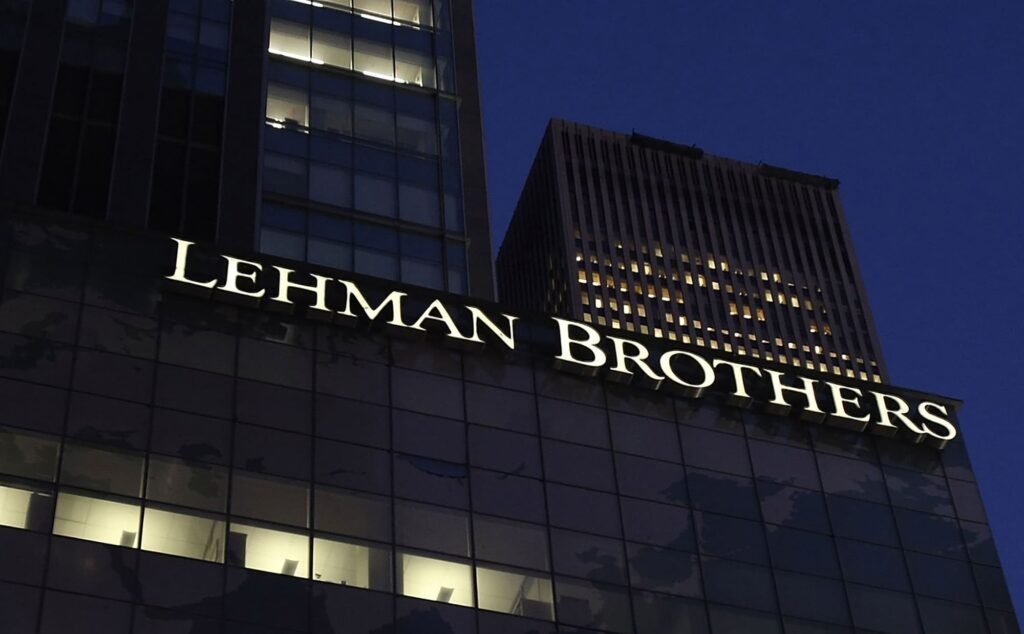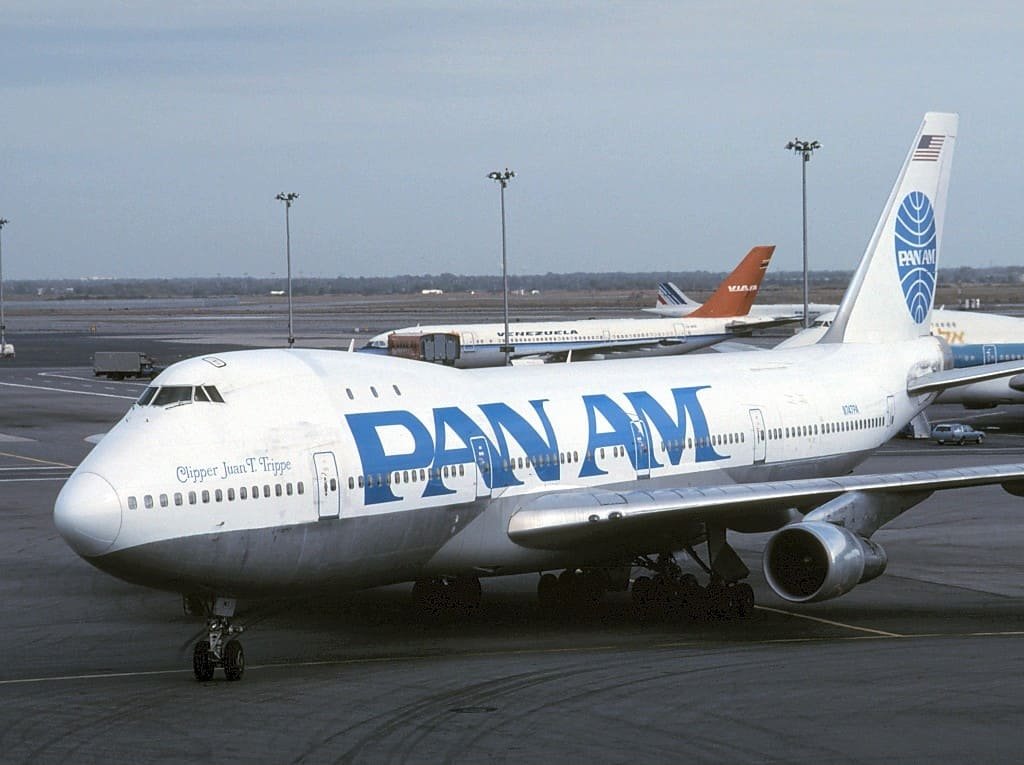Table of Contents
In the annals of business history, failures are often as instructive as successes. In examining 10 notable business failures, we uncover the complex interplay of factors that contributed to their downfall. From Blockbuster’s inability to pivot towards digital streaming to Kodak’s failure to embrace digital photography, each case offers valuable insights into the importance of innovation and adaptation. The demise of Toys “R” Us underscores the impact of online retail, while BlackBerry’s decline highlights the necessity of staying ahead in the competitive smartphone market.
MySpace’s fall from grace serves as a reminder of the fickle nature of consumer preferences in the digital age. Enron’s collapse reveals the dangers of corporate greed and deception, while Lehman Brothers’ bankruptcy exposes vulnerabilities in the financial system. Pets.com’s demise during the dot-com bubble burst underscores the perils of unsustainable business models, and Pan Am’s downfall marks the end of an aviation era. Nokia’s decline serves as a stark reminder of the consequences of failing to anticipate technological shifts. By understanding the whys behind these failures, entrepreneurs can glean invaluable lessons and better navigate the complexities of the business landscape, ultimately positioning themselves for long-term success.
Blockbuster: The Rise and Fall of a Video Rental Giant

Blockbuster, once a dominant force in the video rental industry, experienced a dramatic rise and fall, ultimately becoming a cautionary tale of business failures. Despite its initial success, Blockbuster failed to anticipate and adapt to the changing landscape of media consumption, leading to its downfall. The rise of digital streaming services like Netflix posed a significant threat to Blockbuster’s traditional brick-and-mortar rental model. Additionally, the company’s late entry into the online rental market and failure to effectively compete with Netflix’s convenience and affordability further exacerbated its decline.
Blockbuster’s reluctance to innovate and embrace emerging technologies ultimately proved fatal, resulting in widespread store closures and eventual bankruptcy in 2010. The fall of Blockbuster serves as a stark reminder of the importance of staying agile and responsive to market trends in an ever-evolving business landscape. By understanding the factors that contributed to Blockbuster’s demise, entrepreneurs can learn valuable lessons about the dangers of complacency and the imperative of adaptation in the face of technological disruption and changing consumer preferences.
Business Fail: Kodak: Captured by Innovation

Kodak, once a photography powerhouse, found itself ensnared by its own business failure to embrace innovation, becoming a textbook case of business decline. Founded in 1888, Kodak revolutionized photography, making it accessible to the masses with its iconic cameras and film. For decades, it enjoyed unrivaled success, dominating the industry it helped create. However, as digital photography emerged in the late 20th century, Kodak faltered. Despite pioneering early digital camera technology, the company hesitated to fully commit, fearing it would cannibalize its lucrative film business.
This hesitation proved disastrous. Competitors like Canon and Nikon seized the digital market, leaving Kodak trailing behind. In 2012, after years of decline, Kodak filed for bankruptcy, marking the end of an era. Today, the company exists in a vastly diminished form, a shadow of its former self. Kodak’s downfall serves as a poignant reminder of the dangers of complacency and the imperative of innovation in the face of shifting technological landscapes. It underscores the importance of adapting to changing consumer preferences and embracing new technologies to remain relevant in an ever-evolving marketplace.
Business Failures: Toys “R” Us: From Toyland Dominance to Bankruptcy

Toys “R” Us, once an undisputed titan of toy retail, succumbed to bankruptcy in a stunning reversal of fortune, highlighting the perils of failing to adapt in a rapidly evolving retail landscape. Founded in 1948, Toys “R” Us grew into a beloved destination for children and parents alike, offering an unparalleled selection of toys and games. Its sprawling stores and iconic Geoffrey the Giraffe mascot became fixtures of childhood nostalgia. However, as e-commerce giants like Amazon rose to prominence, Toys “R” Us struggled to compete. Its outdated business model, characterized by massive retail footprints and high operating costs, left it vulnerable to online competition.
Additionally, the company’s heavy debt burden, stemming from a leveraged buyout in 2005, further hindered its ability to innovate and invest in digital infrastructure. Despite attempts to revitalize its brand and shore up finances, Toys “R” Us filed for bankruptcy in 2017, marking the end of an era. The closure of its stores worldwide served as a stark reminder of the consequences of clinging to outdated strategies in the face of technological disruption. Toys “R” Us’ downfall underscores the importance of agility and adaptation in an increasingly digital retail landscape.
BlackBerry: Lost in the Smartphone Revolution

BlackBerry, once a trailblazer in the mobile technology industry, faltered amidst the smartphone revolution, offering valuable lessons on the importance of adaptation and innovation in business fail. Founded in 1984, BlackBerry pioneered the smartphone market with its innovative devices, known for their secure messaging capabilities and physical keyboards. At its peak in the mid-2000s, BlackBerry commanded a loyal user base, including business fail professionals and government agencies. However, the company failed to foresee the transformative impact of touchscreen smartphones, epitomized by Apple’s iPhone and devices running Google’s Android operating system. Despite belated attempts to pivot towards touchscreen models, BlackBerry struggled to regain its footing and reasons for failure.
Its proprietary operating system and limited app ecosystem paled in comparison to the versatility and user experience offered by competitors. By the time BlackBerry acknowledged the magnitude of the shift, it was too late. The company’s market share dwindled, leading to significant financial losses and layoffs. BlackBerry’s downfall underscores the importance of agility and foresight in a rapidly evolving industry. It serves as a poignant reminder that even industry leaders can falter if they fail to adapt to changing consumer preferences and technological advancements.
Failure and Learning: MySpace: The Rise and Fall of Social Networking

MySpace, once a pioneer in social networking, provides a compelling narrative of both failure and learning in the tech industry. Founded in 2003, MySpace quickly rose to prominence as the preeminent social networking platform, boasting millions of users and shaping the early landscape of online social interaction. However, the company’s inability to adapt to shifting user preferences and emerging competitors led to its downfall. MySpace was slow to recognize the potential of mobile technology and failed to innovate its platform accordingly, while rivals like Facebook capitalized on this trend. Additionally, MySpace’s cluttered interface and lax approach to user privacy alienated many users, further eroding its user base on root cause failure analysis.
Despite its eventual decline, MySpace offers valuable lessons for business fail in the tech sector. Its failure underscores the importance of staying attuned to market trends and continuously evolving to meet changing consumer needs. Moreover, MySpace serves as a reminder of the significance of user experience and data privacy in building and maintaining a successful online platform. By learning from MySpace’s mistakes, businesses can strive to remain relevant and competitive in the ever-evolving digital landscape.
Business Fail: Enron: A Tale of Corporate Greed and Deception

Enron’s spectacular collapse in 2001 stands as one of the most notorious examples of corporate malfeasance and financial fraud in modern history. Once heralded as an innovative energy giant, Enron’s rapid ascent was fueled by deceit and greed, leading to catastrophic consequences for investors, employees, and the broader economy. Through a complex web of accounting tricks and off-balance-sheet transactions, Enron artificially inflated its profits while concealing massive debts and liabilities. Meanwhile, company executives, including CEO Jeffrey Skilling and CFO Andrew Fastow, enriched themselves through insider trading and fraudulent schemes business fail.
The revelation of Enron’s true financial state in late 2001 sent shockwaves through financial markets, erasing billions of dollars in shareholder value and resulting in the bankruptcy of one of America’s largest corporations. Enron’s demise exposed systemic flaws in corporate governance and regulatory oversight, prompting widespread calls for reform and tighter regulations in the corporate sector.
Enron’s downfall serves as a cautionary tale of the dangers of unchecked corporate ambition and the importance of transparency, integrity, and ethical leadership in business. It underscores the devastating consequences of prioritizing short-term profits over long-term sustainability and the trust of stakeholders.
Root Cause Failure Analysis: Lehman Brothers: The Fall of a Financial Giant
The collapse of Lehman Brothers in 2008 marked one of the most significant events of the global financial crisis, prompting a thorough root cause failure analysis to understand the factors leading to its downfall. At the heart of Lehman Brothers’ collapse was a combination of excessive risk-taking, poor risk management practices, and a lack of regulatory oversight.

Lehman Brothers aggressively pursued high-risk investment strategies, particularly in the subprime mortgage market, without adequately assessing the associated risks. The firm’s heavy reliance on complex financial instruments, such as mortgage-backed securities and collateralized debt obligations, left it highly vulnerable to market volatility and deteriorating credit conditions.
Additionally, Lehman Brothers’ leverage ratio—the ratio of debt to equity—was alarmingly high, amplifying the impact of its losses and eroding investor confidence. Despite warnings from regulators and market observers, Lehman Brothers failed to address these systemic vulnerabilities, ultimately leading to its collapse.
Moreover, the interconnectedness of Lehman Brothers with other financial institutions exacerbated the systemic risk, triggering a domino effect that reverberated throughout the global financial system.
In conclusion, a root cause failure analysis of Lehman Brothers’ collapse reveals a combination of reckless risk-taking, inadequate risk management, regulatory failures, and systemic vulnerabilities that culminated in the firm’s demise and the onset of the worst financial crisis since the Great Depression.
Reasons for Failure: Pets.com: The Dot-Com Bubble Burst

Pets.com, an iconic symbol of the dot-com era, collapsed in 2000, shedding light on several key reasons for its reason for failure. At the heart of Pets.com’s downfall was its unsustainable business failure model. The company offered pet supplies for sale online, aiming to capitalize on the growing trend of e-commerce. However, Pets.com struggled to achieve profitability due to several factors.
Firstly, Pets.com faced fierce competition in the crowded online retail space, with established players like Amazon already dominating the market. Despite heavy marketing spending, Pets.com failed to differentiate itself sufficiently to attract and retain customers.
Secondly, the company’s high operating costs, including expenses related to warehousing and shipping bulky pet products, further strained its financial position. Additionally, Pets.com underestimated the logistical challenges of delivering perishable goods like pet food in a timely and cost-effective manner.
Lastly, Pets.com succumbed to the speculative fervor of the dot-com bubble, prioritizing rapid expansion and market share growth over building a sustainable business model. When the bubble burst and investor sentiment soured, Pets.com lacked the financial resilience to weather the downturn, ultimately filing for bankruptcy in 2000.
In conclusion, Pets.com’s failure can be attributed to its inability to differentiate itself in a competitive market, high operating costs, logistical challenges, and the speculative excesses of the dot-com era.
Business Failures: Pan Am: The End of an Era in Aviation

The demise of Pan American World Airways, or Pan Am, marked the end of an illustrious chapter in aviation history and offers insights into the factors contributing to its downfall. Established in 1927, Pan Am was once a pioneering force in commercial aviation, renowned for its global route network and iconic blue globe logo. However, a combination of internal mismanagement, external pressures, and geopolitical events led to its eventual demise.
One key factor in Pan Am’s downfall was its business failure to adapt to changing market dynamics. Despite being an early leader in international air travel, the company struggled to compete with newer, more efficient rivals in the increasingly deregulated aviation industry. Additionally, Pan Am faced significant financial burdens, including high debt levels and operational inefficiencies, which hampered its ability to remain competitive.
Geopolitical events, such as the oil crisis of the 1970s and the deregulation of the airline industry in the United States, further exacerbated Pan Am’s challenges. The company’s ambitious expansion efforts and costly investments in aircraft and infrastructure failed to yield desired results, ultimately leading to its bankruptcy filing in 1991.
In conclusion, Pan Am’s downfall serves as a cautionary tale of the consequences of complacency, mismanagement, and external pressures in the aviation industry.
Business Fail: Nokia: Once King of Mobile Phones, Now a Shadow

Nokia, once hailed as the undisputed king of mobile phones, now finds itself relegated to the shadows of its former glory, offering valuable lessons in the realm of business failure. Founded in 1865, Nokia dominated the mobile phone market for over a decade, capturing the hearts and wallets of consumers worldwide with its durable handsets and user-friendly interfaces. However, Nokia’s downfall can be attributed to a combination of strategic missteps, missed opportunities, and intense competition.
One of Nokia’s critical errors was its failure to adapt to the rapidly evolving smartphone market. Despite pioneering early smartphone technology with its Symbian operating system, Nokia was slow to embrace touchscreen devices and the app ecosystem, allowing competitors like Apple’s iPhone and Android-powered devices to gain traction.
Moreover, Nokia’s partnership with Microsoft to adopt the Windows Phone operating system in 2011 failed to reverse its fortunes, as the platform struggled to compete with iOS and Android.
Additionally, Nokia’s decision to sell its mobile phone division to Microsoft in 2014 further weakened its position in the market, leaving it with a diminished presence in the rapidly expanding smartphone industry.
Conclusion:
The stories of business failures offer invaluable insights into the complexities of the corporate world and the myriad factors that can contribute to downfall. From iconic giants like Blockbuster and Toys “R” Us to tech titans like BlackBerry and Nokia, each case study serves as a compelling narrative of ambition, innovation, and ultimately, the consequences of missteps.
In dissecting these failures, we uncover common themes: the perils of complacency in the face of technological disruption, the importance of adapting to changing consumer preferences, and the pitfalls of unsustainable business models. Whether it’s Blockbuster’s reluctance to embrace digital rentals or Nokia’s failure to pivot towards touchscreen smartphones, these examples highlight the critical need for agility and foresight in an ever-evolving marketplace.
Moreover, business failures underscore the significance of leadership, corporate governance, and ethical conduct. From Enron’s corporate greed to Pets.com’s speculative excesses, these cases serve as cautionary tales of the dangers of unchecked ambition and the importance of transparency and integrity in business operations.
Ultimately, understanding the “whys” behind business failures is crucial for aspiring entrepreneurs, corporate leaders, and policymakers alike. By learning from past mistakes and embracing a culture of innovation, adaptability, and ethical leadership, businesses can navigate the challenges of the modern economy and strive for sustainable success.



Leave a Reply